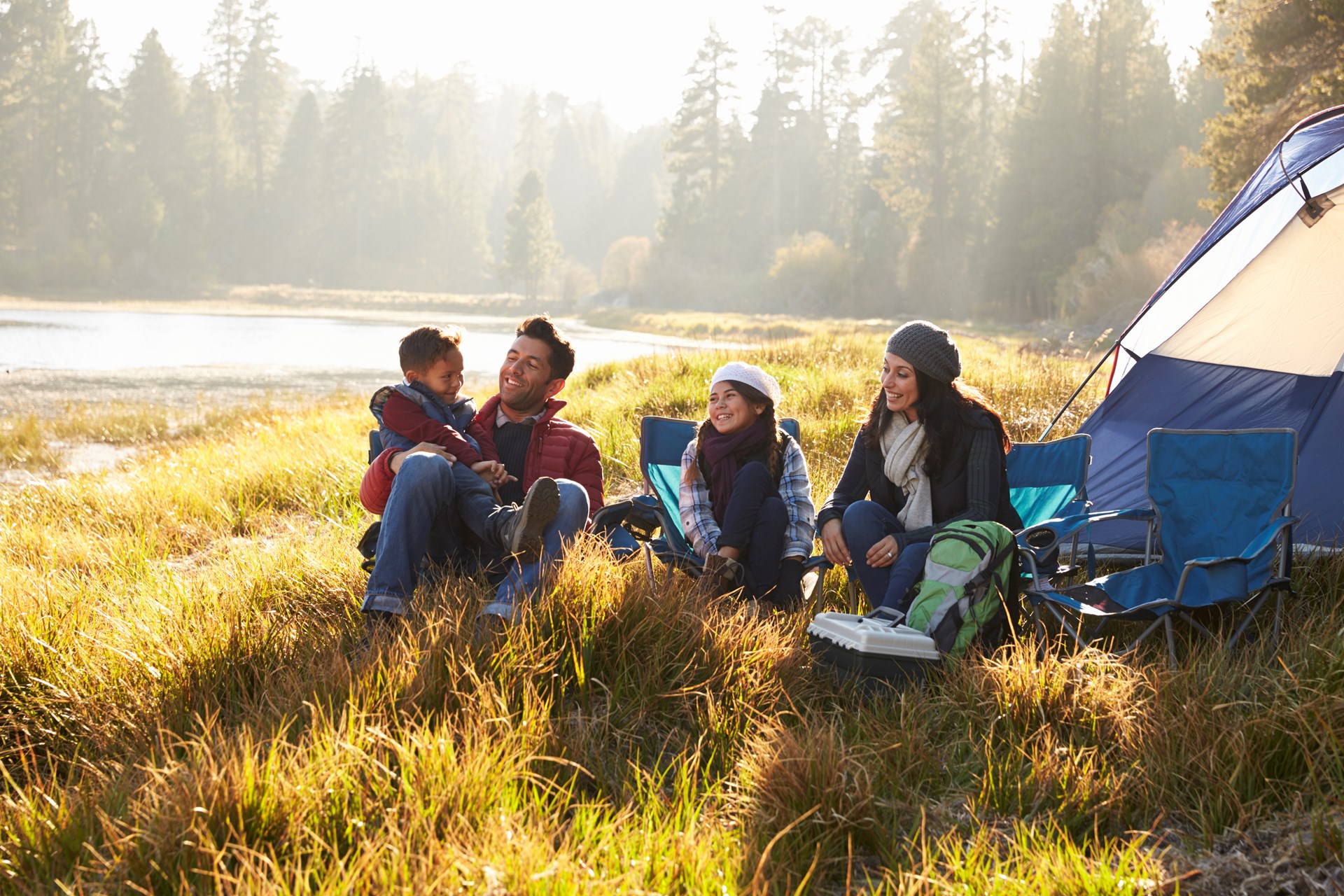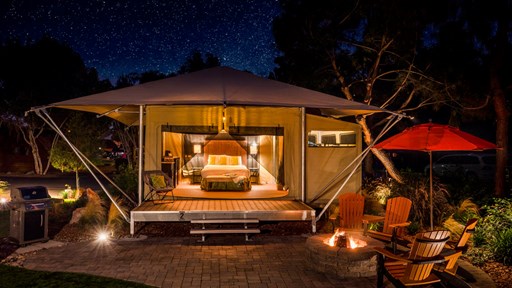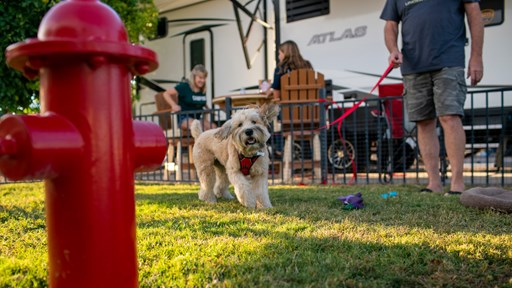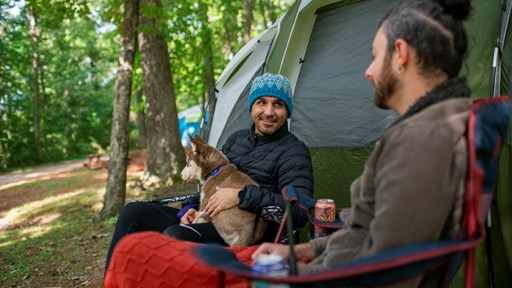Spring camping is a fantastic way to enjoy the great outdoors after a long, cold winter. Lush scenery, chirping birds, open trails and crackling campfires await, but preparation is key to a successful early-season camping adventure. With a little extra planning and the right spring camping checklist, you can prepare for the season’s changeable weather and have an unforgettable trip.
9 Pro Tips for Camping in the Spring
If you’re about to embark on your first early-season camping trip, the following springtime camping tips can help you plan a fun, relaxing adventure.
1. Go for a Practice Run
Test your camping gear before your trip to make sure it is in excellent condition and meets your needs. Whether you have new camping gear or pulled equipment out of storage, a test run is a fantastic way to check that everything works properly. You can practice setting your tent up in the yard, inspect it for tears or missing components, ensure your flashlights work properly and go for a walk in your hiking boots to break them in.
2. Think and Plan Ahead
Before decamping for the campground, be prepared. It’s fine to pack up some stuff days in advance, but make sure and triple-check the forecast as close to your departure as possible so that weather conditions are as accurate as they’re going to be. Use more than one weather app or website, and consider ringing up the campground to see what conditions are like at your destination.
Regardless, play it safe by packing more layers and dry equipment then you assume you may need. Not sure what to pack? Check out our spring camping packing list below.
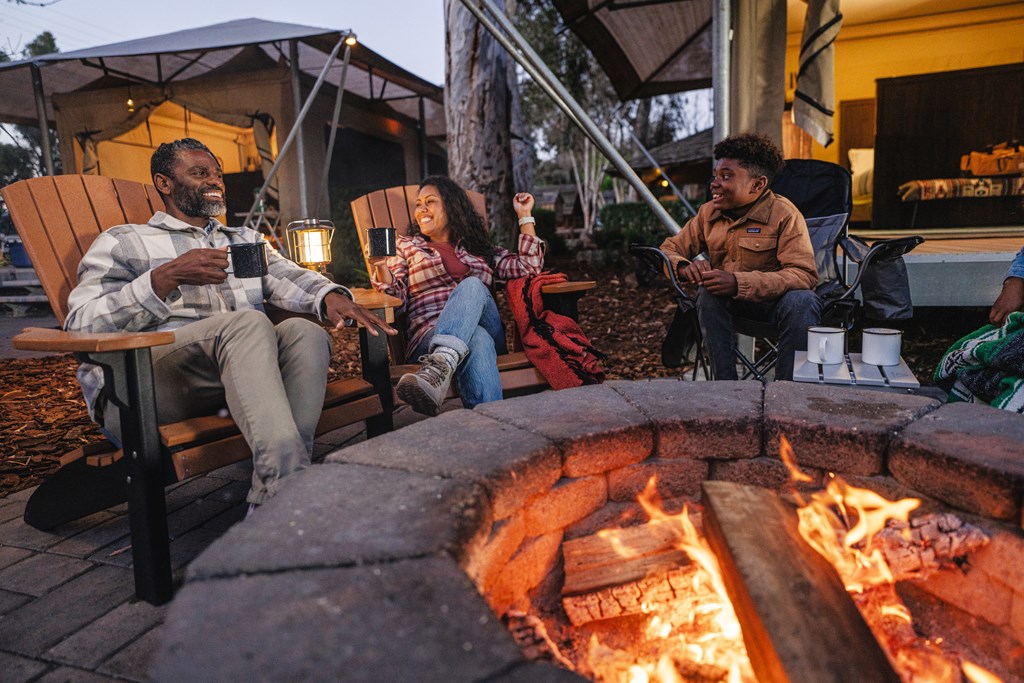
3. Dress for Inclement Weather
Your spring camping clothes should be warm and thick to keep you comfortable. You can pack a few short sleeves and hoodies, but you may also need the following items to stay comfortable in chilly, snowy or rainy conditions:
- Thermal wear
- Waterproof coats
- Gloves
- Socks
- Hats
- Warm, waterproof hiking boots with sufficient traction
Spring weather can be unpredictable, especially at higher elevations. Packing plenty of warm clothes can help you embark on your adventures in comfort and enjoy any weather that comes your way.
4. Stay Dry
Most people would be surprised to learn that hypothermia is more dangerous in the spring than winter. That’s because the season is so much wetter, thanks to both rain and snow, and temperatures fluctuate so drastically that it can be deceiving to properly contend with. No matter how sunny things may seem, be sure and stay dry by stocking up on water-proof everything and leaving the cotton at home. This means clothes, tent gear, bags and any items you may use for hiking.
5. Don’t Let the Bugs Bug You
Unfortunately, flowers aren’t the only things coming back to life this time of year. Mosquitos and flies are also starting to return post-winter, and as things warm up, they’re especially drawn to all the water that spring brings forth.
Since early spring isn’t nearly as hot or humid as summer, many campers tend to overlook the bug spray and screens, thinking they’re safe from pests. Even if temperatures are still cold, play it safe by bringing repellent and Citronella. After you’ve gone hiking, also look for ticks.
6. Get Ready for Mud
All that rain and melting snow means trails and roads are highly likely to get muddy. This means it’s important to bring shoes and boots that are durable in the sense that they won’t slip and slide through soft ground, and also that they’re easy to wash and clean. Another good idea is to take a hiking stick along for added traction and balance. Back at camp, have plenty of towels and rags for cleaning mud and keeping the inside of the tent from getting dirty.
7. Travel With the Right Equipment
No matter how chilly things might get, camping in cool and/or wet weather is still totally doable — with the proper equipment, of course. Similar to your wardrobe, this means ensuring your tent is durable and warm, more suited for winter than summer. Double-layer doors are ideal, especially if they are waterproof.
Spring rain is no joke, so look for a tent that’s shaped to deflect as much water and wind as possible, and bring a tarp to tie up over top. You don’t want to be woken in the middle of the night with rain dripping through the ceiling. Lastly, look for a spot or a campsite where you can add a little more protection from the elements, whether there’s an awning or some tree cover. Every little bit of layered protection helps.
8. Keep Gadgets Dry
Let’s face it. This day and age, we’d be lost without our electronics. That’s why keeping your phones and such safe and dry is equally as important as your tent and attire. At night (or whenever they’re not with you in your pockets), keep electronics safely stowed in sleeping bags or dry pockets, off the ground and away from the side of the tent. Make sure they are not exposed to cold air, either, as this can kill a battery.
When you’re out and about, keep phones snug in base-layer pockets under any coats or jackets you may be wearing. This will shield them from any rain, snow or mist that might seep into exterior pockets.
9. Feel Free to Indulge
While spring won’t get as cold as winter, chilly weather means your body will be working overtime to regulate inner temps. You’ll need more calories, carbs and fat to keep your energy levels up, so bring plenty of food and don’t shy away from the hearty stuff. Stews, oatmeal, sandwiches, chili and other warming, filling items are good bets, along with snacks to munch on throughout the day.
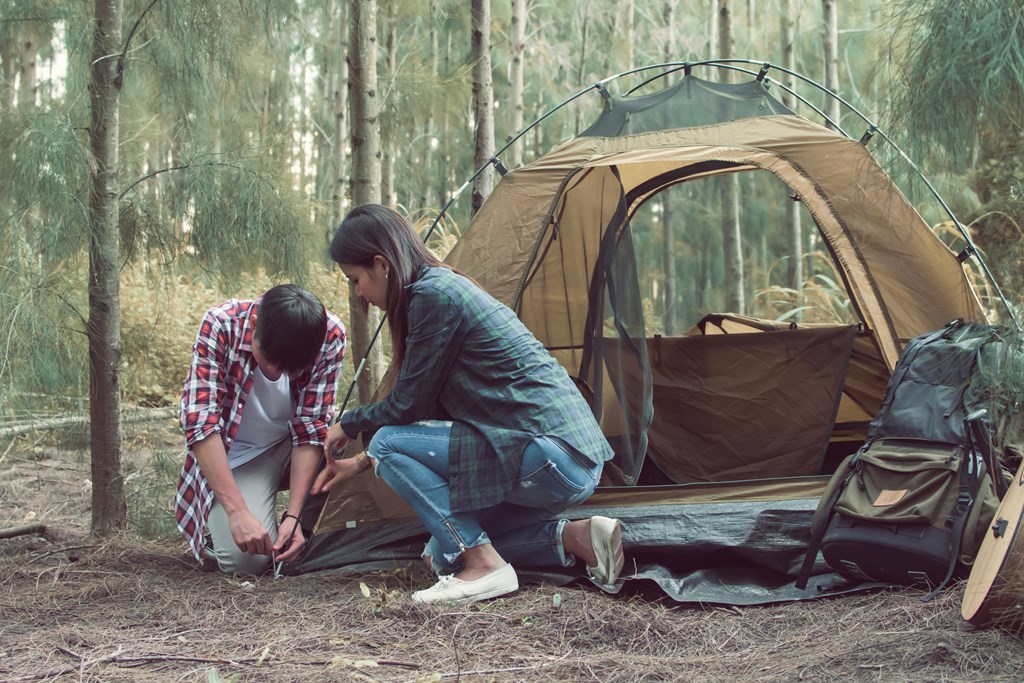
What to Pack for Camping in the Spring
Spring camping is a fantastic way to experience the beauty of new greenery, blooming flowers and lively animals after a long winter lull, but packing for a spring trip requires a little extra planning. Knowing what to pack for a spring camping trip can help you stay warm, dry and comfortable on all of your adventures, no matter what the weather throws your way.
Along with your favorite camp equipment, here are a few key items that make for a successful springtime camping trip:
- Waterproof or all-weather tent: Showers and springtime are basically synonymous. Be prepared with a tent designed to keep out as much water and wind as possible. You’ll also want to bring a tarp or pop-up shelter for extra protection against rain dripping through the ceiling.
- Winter sleeping bags: Choose a sleeping bag that is geared toward colder weather with a temperature rating as low as 40 degrees to ensure you stay cozy and warm during those chilly spring nights.
- Foam pads: Placing a pad under your sleeping bag provides an extra layer between your body’s warmth and the cold ground.
- Base, middle and outer layers of clothing: Temperatures change a lot during the spring, and there’s no telling when your warm, sunny day will turn into a cold, rainy night. Be prepared with several layers of clothing that can be added or removed as temperatures fluctuate. Plus, make sure all your clothes are waterproof or water-resistant and leave the absorbent cotton at home.
- Raincoat: It may be self-evident, but be sure to grab your rainshell before heading out.
- Extra wool socks: Wool socks are a lifesaver when it comes to hiking through muddy, wet environments. Not only do they keep your feet drier, but they also dry out quicker than other sock materials like cotton.
- Starter log: If you want to get a roaring fire going, you may have to deal with wet logs — not a great start for this campsite essential. A starter log helps get your fire up to snuff so that you can dry off and warm up no matter what the weather is like.
Enjoy a Fantastic Spring Camping Adventure at Kampgrounds of America
Ready to start planning your spring camping adventure? KOA has over 500 locations in North America, offering various ways to stay, convenient amenities and fun recreational activities for campers of all ages. Whether you’re looking to stay close to home or explore somewhere new, KOA has something for everyone. Reserve a stay at KOA to start your springtime camping adventure. Make your reservation today.
About the Author: Kampgrounds of America
Kampgrounds of America is the largest system of open-to-the-public campgrounds in the world, with over 500 locations across the United States and Canada. Founded in Billings, MT in 1962, KOA’s family of campground brands – KOA Journey, KOA Holiday and KOA Resort – today serve more than a million camping families each year. KOA is dedicated to “connecting people to the outdoors and each other” by providing people with a variety of camping experiences and the information they need to make the most of their camping trip. Read more of their camping and travel resources by visiting KOA.com/blog.



















